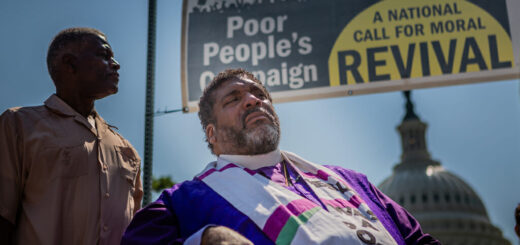‘Mass evictions’ on the horizon as US confronts coronavirus housing crisis: Advocates
Read the full article from ABC News, here.
Henry Louis Taylor, Jr., a professor of urban and regional planning at the University of Buffalo, said that federal and statewide eviction moratoriums are based on COVID-19 timetables that are “too short” and don’t consider predictions from medical experts that the pandemic could persist into the fall and beyond, as public health officials have suggested.
The biggest issue is that rents won’t widely be forgiven or frozen, although several states are offering renters assistance.
“When that rent is due, these low-income groups are simply not going to have that type of cash to pay the landlord,” he said. “So, I anticipate in areas where there are high residential demands … you’re going to see mass evictions, and a lot of people are going to be permanently displaced.”
Author Profile
Latest entries
 Henry Louis Taylor, Jr.01/20/2025Reflections on Martin Luther King, Jr.’s Dream
Henry Louis Taylor, Jr.01/20/2025Reflections on Martin Luther King, Jr.’s Dream Henry Louis Taylor, Jr.01/09/2025The Trump Inaugural Parade is a Political Event
Henry Louis Taylor, Jr.01/09/2025The Trump Inaugural Parade is a Political Event Henry Louis Taylor, Jr.05/04/2024The Occupation of Hayes Hall: Student Rebellions and Remaking the U.S. UniversityThe Occupation of Hayes Hall
Henry Louis Taylor, Jr.05/04/2024The Occupation of Hayes Hall: Student Rebellions and Remaking the U.S. UniversityThe Occupation of Hayes Hall Henry Louis Taylor, Jr.03/21/2024Ryan’s infill housing strategy is the right plan for Buffalo
Henry Louis Taylor, Jr.03/21/2024Ryan’s infill housing strategy is the right plan for Buffalo



